County: Faulkner
 Central College Students
Central College Students
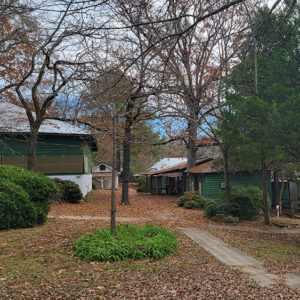 Christadelphian School
Christadelphian School
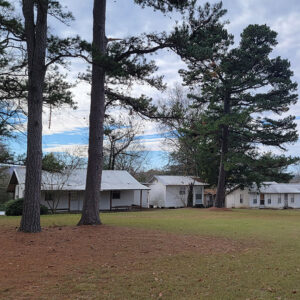 Christadelphian School Buildings
Christadelphian School Buildings
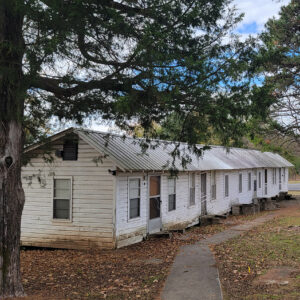 Christadelphian School Bungalows
Christadelphian School Bungalows
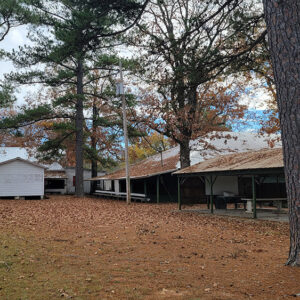 Christadelphian School Grounds
Christadelphian School Grounds
 Christadelphian School Playground
Christadelphian School Playground
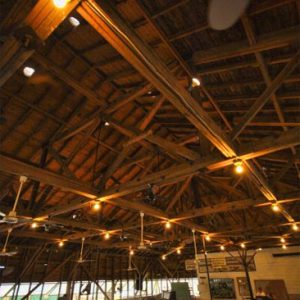 Christadelphian Tabernacle
Christadelphian Tabernacle
Conway (Faulkner County)
 Conway Church
Conway Church
Conway Confederate Monument
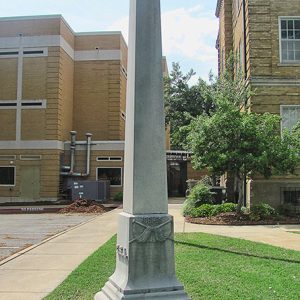 Conway Confederate Monument
Conway Confederate Monument
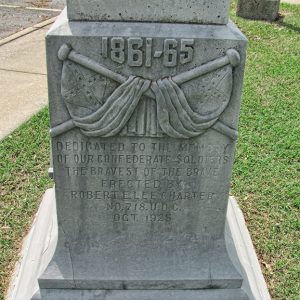 Conway Confederate Monument
Conway Confederate Monument
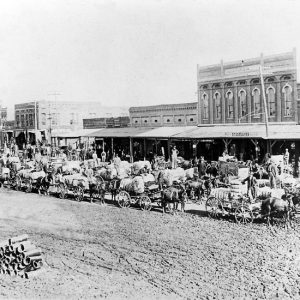 Conway Cotton Wagons
Conway Cotton Wagons
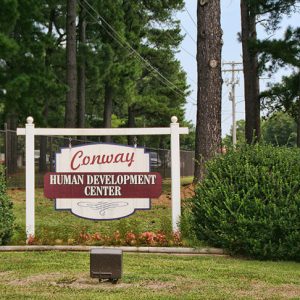 Conway Human Development Center Entrance
Conway Human Development Center Entrance
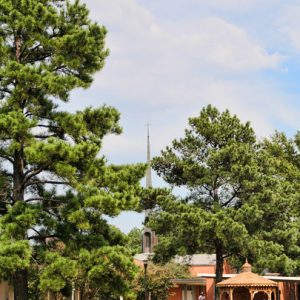 Conway Human Development Center Chapel
Conway Human Development Center Chapel
 Conway Laundry
Conway Laundry
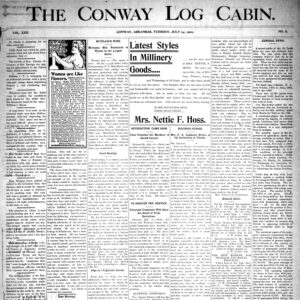 Conway Log Cabin
Conway Log Cabin
Conway Regional Health System
 Conway Regional Hospital
Conway Regional Hospital
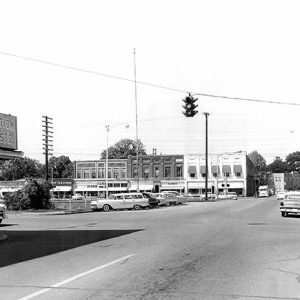 Conway Street Scene
Conway Street Scene
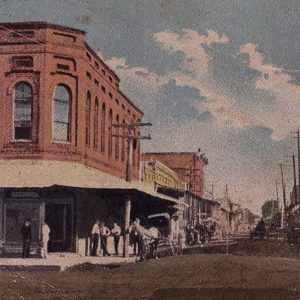 Conway Street Scene
Conway Street Scene
 Conway Street Scene
Conway Street Scene
 Conway Train Depot
Conway Train Depot
Coulter, Hope Norman
 Cove Creek Natural Area
Cove Creek Natural Area
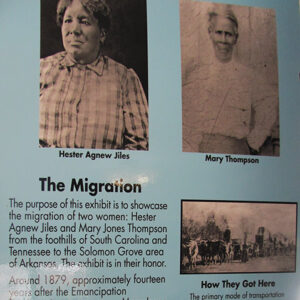 Cultural Center Exhibit
Cultural Center Exhibit
Curtis, Dorris Lafferty
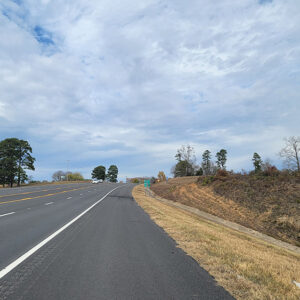 Entering Damascus
Entering Damascus
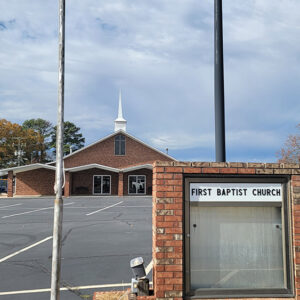 Damascus Church
Damascus Church
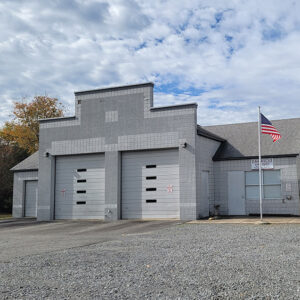 Damascus Fire Department
Damascus Fire Department
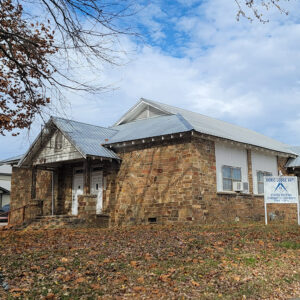 Damascus Masons
Damascus Masons
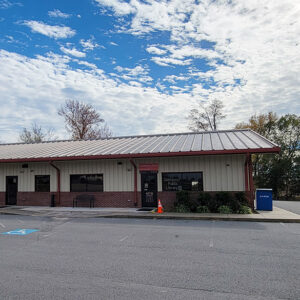 Damascus Municipal Building
Damascus Municipal Building
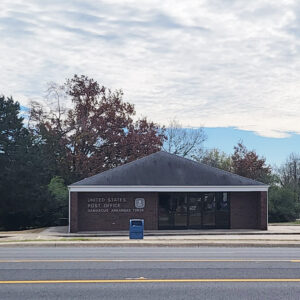 Damascus Post Office
Damascus Post Office
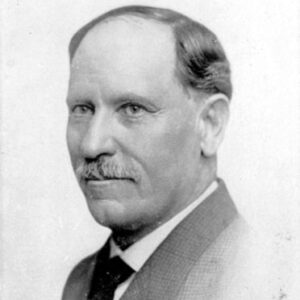 George Donaghey
George Donaghey
Donaghey, George Washington
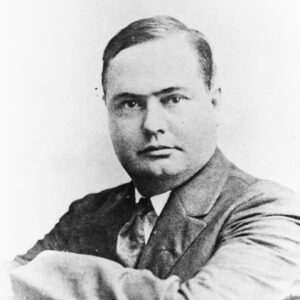 Louis S. Dunaway
Louis S. Dunaway
Dunaway, Louis Sharpe
Dunaway, Michael Lee (Mike)
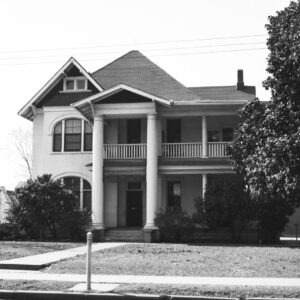 E. O. Manees Home
E. O. Manees Home
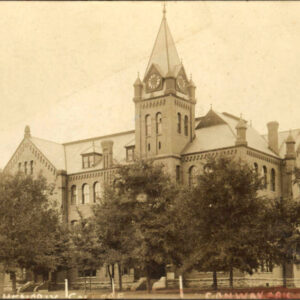 Early Hendrix
Early Hendrix
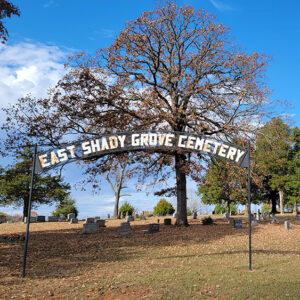 East Shady Grove Cemetery
East Shady Grove Cemetery
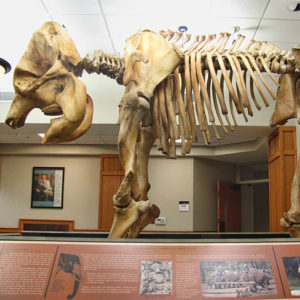 Elephant Skeleton
Elephant Skeleton
England, Albert (Lynching of)
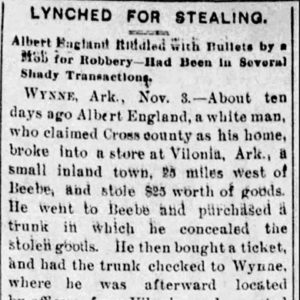 England Lynching Editorial
England Lynching Editorial
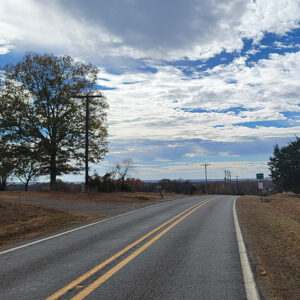 Entering Enola
Entering Enola
Enola (Faulkner County)
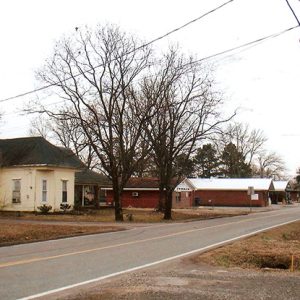 Enola
Enola
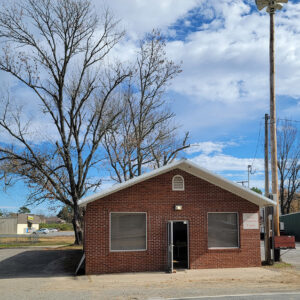 Enola Community Center
Enola Community Center
 Enola Fire Department
Enola Fire Department




